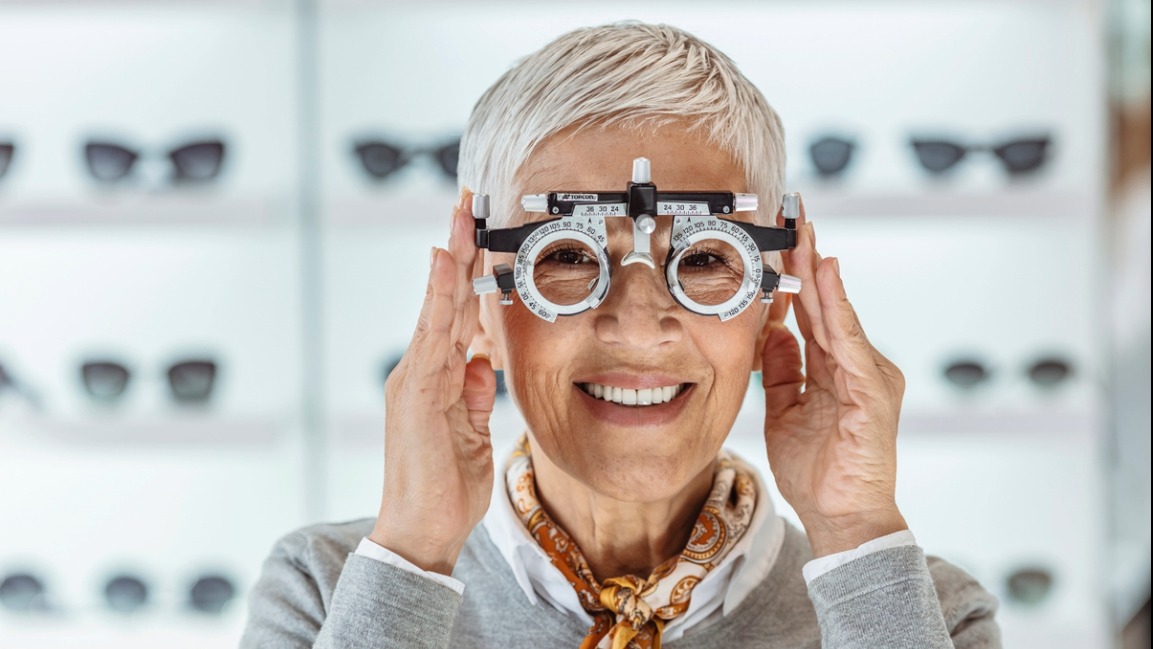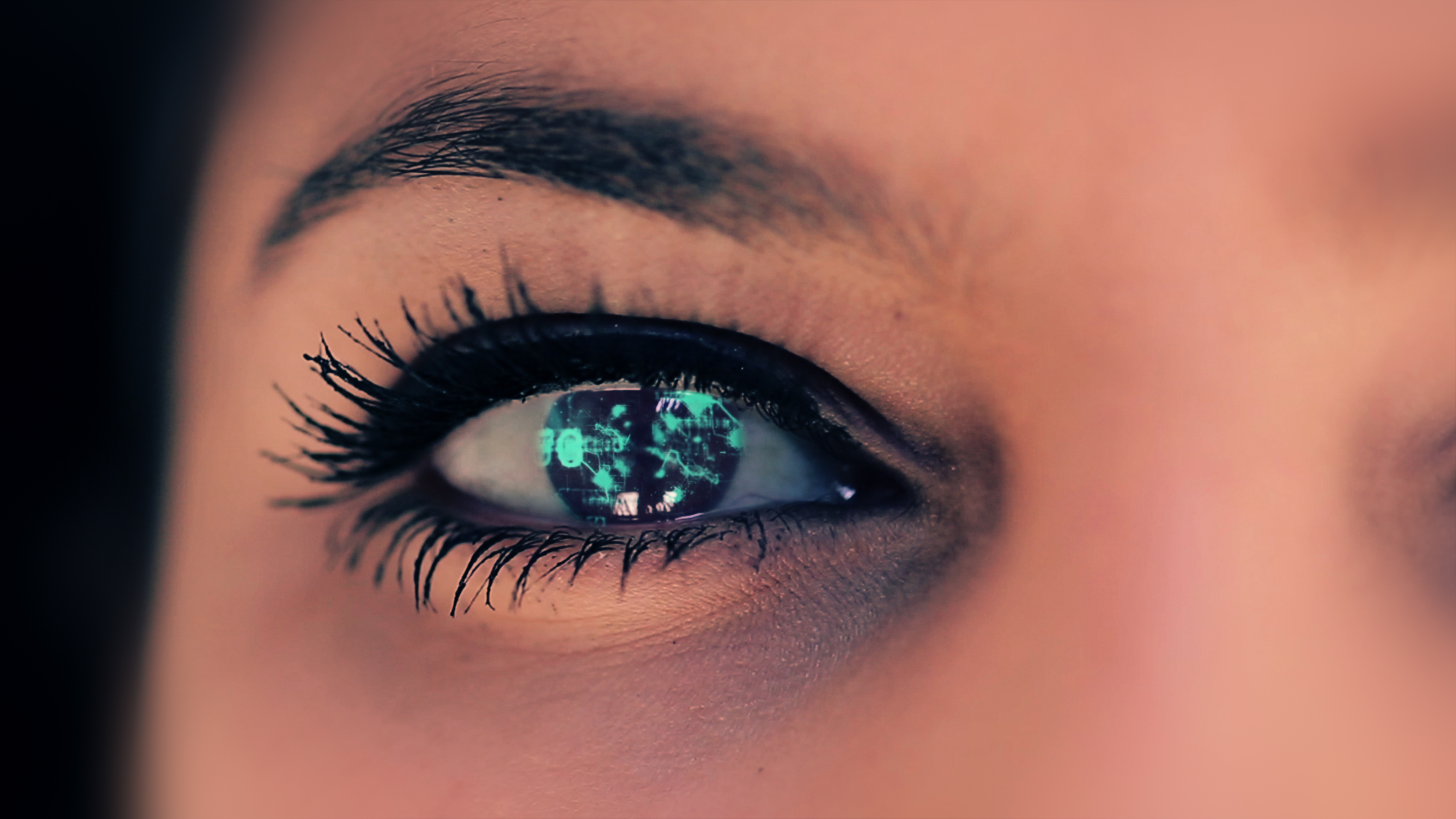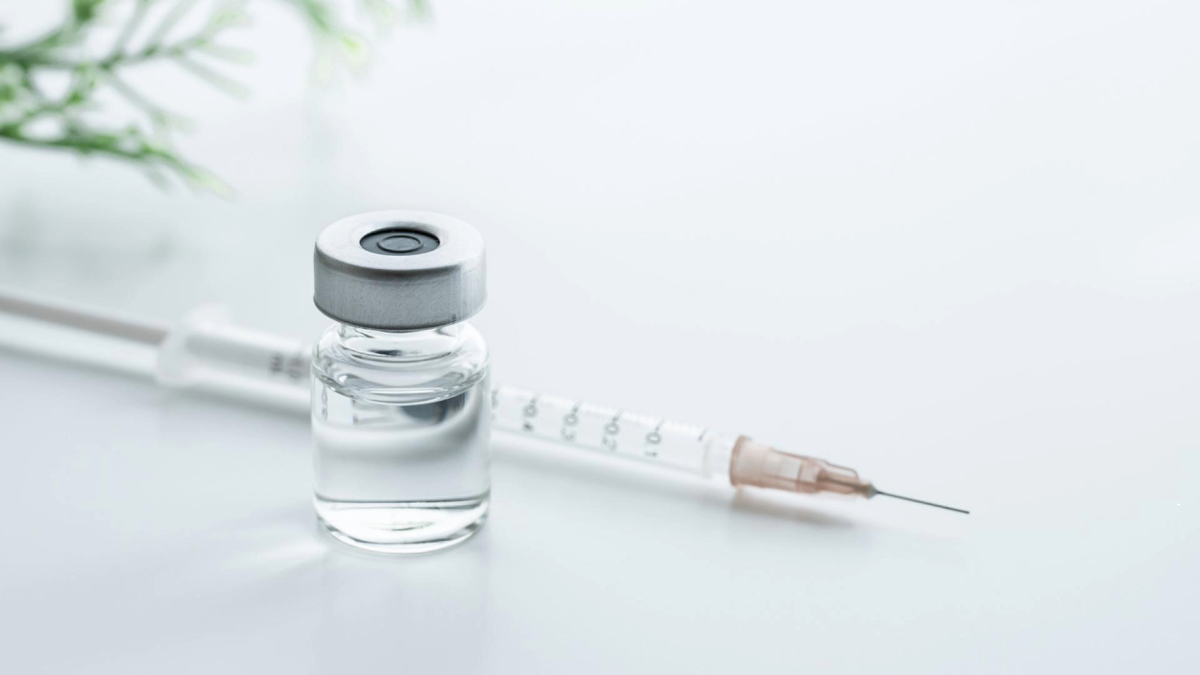
People with age-related macular degeneration (AMD) can have a wide range of visual impairments: some with early AMD have almost normal vision, while others with advanced AMD have lost most of their central vision. For many, the right glasses can be helpful.
People with AMD can benefit from good refraction, which measures the lens power needed to help them see best, whether they are looking at objects that are near or at a distance.
Glasses Options for Near and Distance Vision
Some people prefer progressive bifocals, which increase the reading magnification as the head is tilted up. Others opt for bifocals, with a separate section on the bottom of the lens for reading and a line across the middle of the lens separating the distance and reading sections. Still others choose to have separate glasses for far distance, computer distance, and reading distance.
Optometrists specializing in “low vision” can be especially helpful in finding the best possible glasses, including those with nearly normal vision.
Yellow Tinted Glasses
Those with early AMD, that have drusen, little white spots in the retina detected by an ophthalmologist, will sometimes have trouble adjusting to a dark room when coming inside on a bright day. They may also have decreased contrast sensitivity, which makes it more difficult to see textures and subtle changes in the environment. When a person is unable to see slight contrasts and textures in pavements or stairs, it can be dangerous and lead to an increased risk of falls. It can also make it more difficult to distinguish between two colors of a similar hue when placed side by side. Yellow-tinted glasses may help with these issues.
Special Glasses for Advanced AMD
People with advanced AMD, either from wet AMD, in which the retina is invaded by leaky new blood vessels, or geographic atrophy in advanced dry AMD, can often see better with special glasses. For reading, these glasses will often have high magnification and a built-in prism to help the two eyes work together. For distance, some people benefit from a “bioptic telescope,” a small telescope mounted on glasses designed to see objects in the distance.
Advanced Electronics
Advances in electronics have provided small computer screens that can be mounted within a headset to provide increased lighting, magnification, and contrast. These can be similar to the new “Virtual Reality” headsets being used in the computer gaming industry.
Protecting the Eyes
In addition to providing the best possible vision, glasses can be protective. They serve as a “windshield,” to keep things from flying into the eyes. For those with good vision in only one eye, polycarbonate lenses are recommended to provide that eye with additional protection against trauma.Glasses can also protect the eyes from potentially harmful light. Ultraviolet light (UV) light can damage the eyelids, cornea, and lens, so lenses that block 99 to 100 percent of both UVA and UVB are recommended. Bright visible light, especially in the blue spectrum, may increase the risk of AMD, so gray or brown-tinted sunglasses are recommended for sunny days.
Transition lenses are very good for times when you’re not carrying your sunglasses and need to go outside. They will automatically become darker in the bright sunlight. However, these do not become darker inside a car, which is shielded from the UV light that causes the lenses to tint. They also take a few minutes to lose their tint after moving from outdoors to indoors.
What Types of Glasses May Be Helpful for Age-Related Macular Degeneration?
Ask your eye doctor about:
- Traditional bifocals vs progressive bifocals
- Distance and reading glasses
- Yellow-tinted glasses for increased contrast
- Built-in prism glasses (prismatic lenses) for advanced age-related macular degeneration
- Gray or brown-tinted sunglasses to block damaging UV
- Virtual reality-type headsets for computer use
- Transition lenses
About BrightFocus Foundation
BrightFocus Foundation is a premier global nonprofit funder of research to defeat Alzheimer’s, macular degeneration, and glaucoma. Since its inception more than 50 years ago, BrightFocus and its flagship research programs—Alzheimer’s Disease Research, Macular Degeneration Research, and National Glaucoma Research—has awarded more than $300 million in research grants to scientists around the world, catalyzing thousands of scientific breakthroughs, life-enhancing treatments, and diagnostic tools. We also share the latest research findings, expert information, and resources to empower the millions impacted by these devastating diseases. Learn more at brightfocus.org.
Disclaimer: The information provided here is a public service of BrightFocus Foundation and is not intended to constitute medical advice. Please consult your physician for personalized medical, dietary, and/or exercise advice. Any medications or supplements should only be taken under medical supervision. BrightFocus Foundation does not endorse any medical products or therapies.
- Lifestyle
- Treatments









